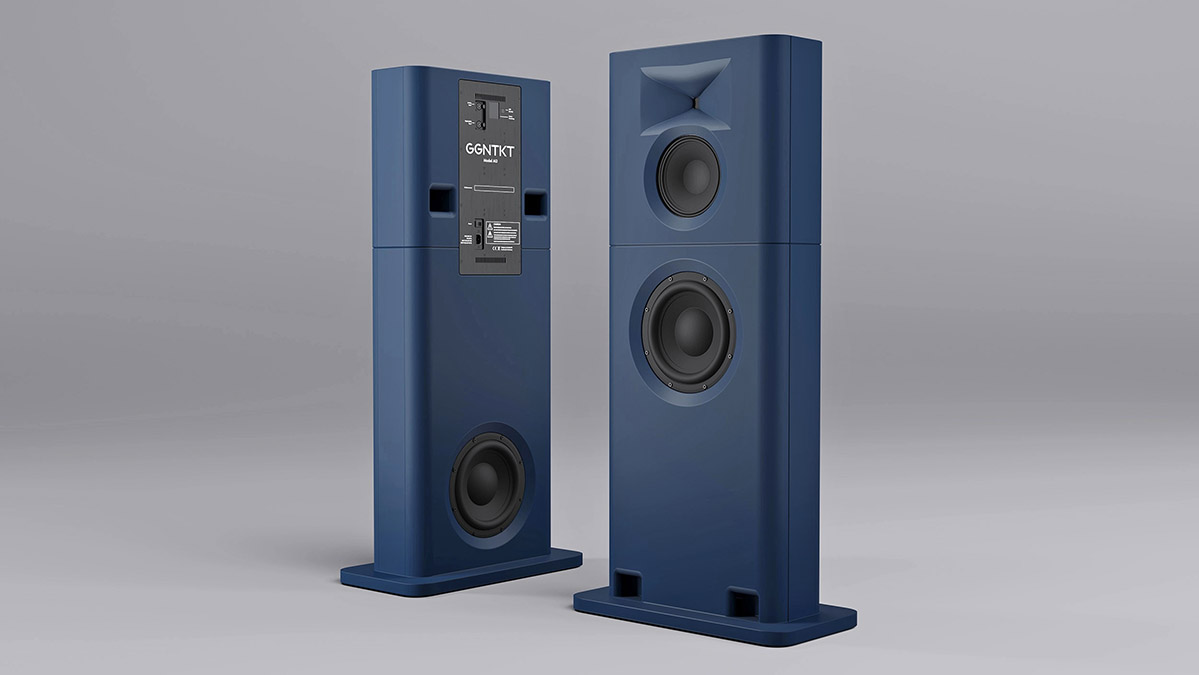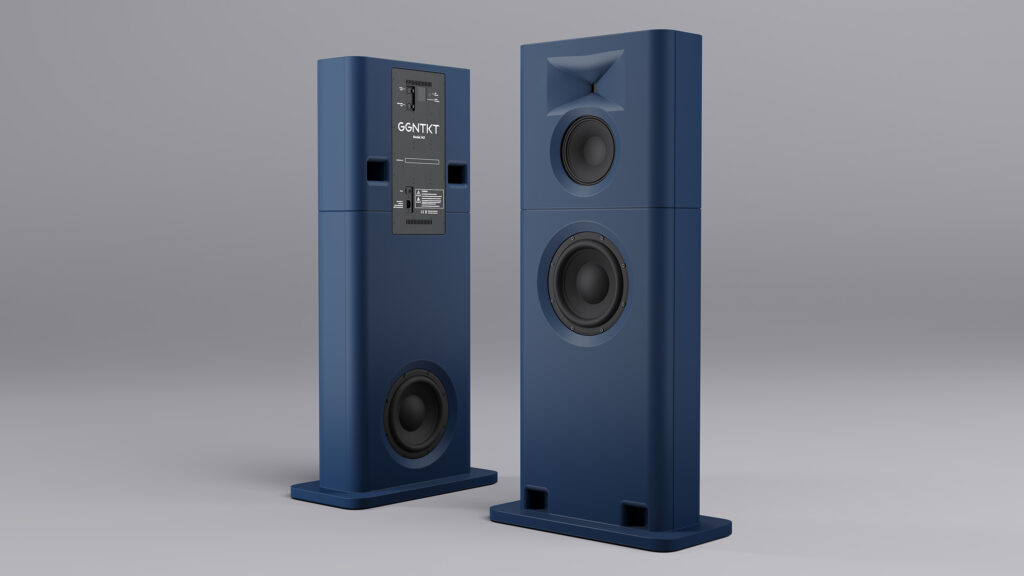Hi there!
thanks for highlighting our Model M1. I was notified by our engineer that our active speakers were discussed here and so I joined this board.
My name is Roland and I'm the founder of GGNTKT – the company with the password-generator-name

(Right, its German for "Gegentakt"... and the fact that you do talk about the name, ensures that you will remember it). We started in 2018 and were in stealth-mode for about 12 months to develop Model M1 and also two others. As you might have guessed we have a strong orientation towards evidence-based design. I myself am no an acoustical engineer (at least I'm holding a computer science degree), but we joined forces with well-known talents in the industry and also have access to many Klippel tools, including the NFS. Coming from DIY I build my first speaker more the 25 years ago and over time passion grew into profession. In 2015 I co-founded Schanks Audio which was specialized in motional feedback technology and highly vertical integrated for such a small company.
I always wanted to have speakers with a certain level of aesthetics and industrial design, combined with the best possible acoustical performance in a given form factor. Yes, you could argue the B&O is also trying that, and its true. But I think they are a bit more on the design side and do sacrifice performance here and there. The reason why Model M1 (and also upcoming Model M2) has a wide baffle is because of that – I liked the design and its works acoustically very well.
Model M1 is a very compact speaker with less than 10l internal volume and you will be surprised when you see the only 140mm/5,5” deep/flat cabinet the first time. The goal was (1) very controlled radiation pattern with constant directivity, (2) high SPL and (3) distortion below hearing thresholds, whereas (2) + (3) do interact very much.
Obviously, we use the same SB Acoustics Aluminum drivers that Buchardt, Revel and others are using, since they are extremely low distortion designs (by former Scan-Speak masterminds). I even think it’s the best driver in its class, except the new Purify drivers (which were not available then). We decided against a ventilated cabinet, because in a small 2-way design it’s very difficult to get a clean midband even with passive radiators. Also designing a noiseless and resonance-free port is not that easy. So, went with a closed cabinet and to meet our SPL goals we had to put in three (!) SB drivers and a lot of amping power. That was a quite expansive decision but gave us the best results. The two drivers in the back are used to create a cardioid radiation pattern which extends the constant directivity to apx. 250 Hz. Below that frequency all three woofers do play bass in parallel (in phase). Since we have full three channels per speaker, we can apply different radiation patters (right now there is no-cardioid, supercardioid/135° and hypercardioid/180°).
As for the HF region we wanted drivers that radiate a plane wavefront which make the integration to any waveguide and therefore shaping directivity much easier and cleaner, so that’s why we went with a compression driver. Also, a nice side effect is the high SPL capabilities which are 5-10dB more than most dome tweeters, very useful in home cinema use cases. As evidence-based designers know there is no “tweeter-sound”, it all comes from radiation/directivity and partly from distortion (if above hearing thresholds). That is why for us there is no dogma in drivers types (domes, ribbon, AMT, Compressions, etc) and materials.
Because of the compact cabinet we decided to swap the electronics out, so all DSP-processing and amping is done outside for all six channels, so there is one 1U case to drive a pair of Model M1. We use Pascal U-PRO2S(D) class-d amps and do source our DSP from a German premium brand Fouraudio, because of their excellent software. Most of our filtering is FIR based, so Model M1 is linear phase 20 Hz – 20 kHz.
I could go on and write much more, but feel free to ask and have a look on some pictures:
https://www.instagram.com/ggntktaudio/
Thanks again,
Roland
PS: There will be Model M2 and a third home cinema Speaker (codename SRND), both before the end of the year...


